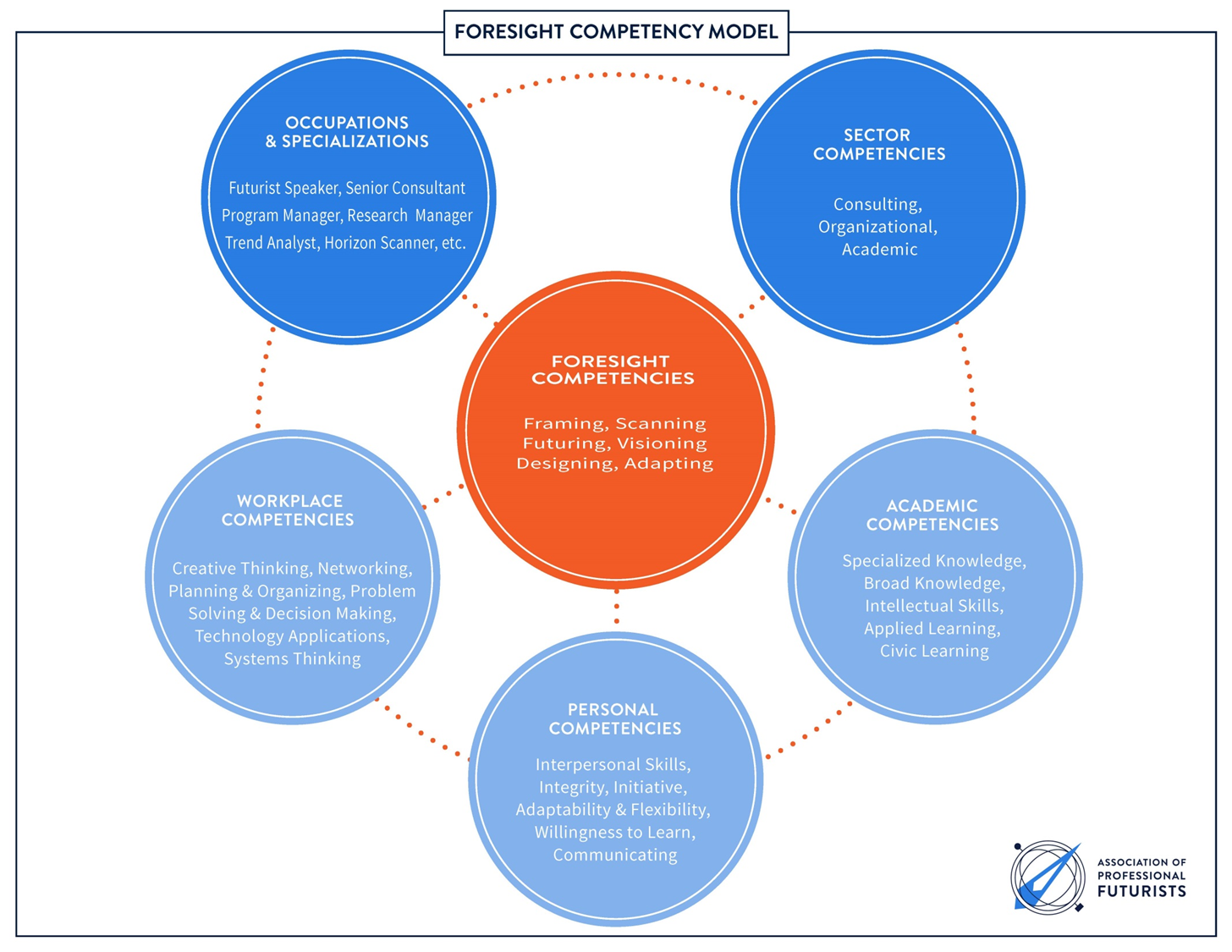Skype's Foresight: How It Predicted The Future Of Communication

Table of Contents
Pioneering VoIP and Democratizing Global Communication
Skype's early success stemmed from its pioneering use of Voice over Internet Protocol (VoIP) technology. This innovation dramatically altered the telecommunications industry and made global communication more accessible than ever before.
Breaking Down Barriers to International Calls
Skype's low-cost VoIP calls disrupted the traditional telecom industry, which was characterized by expensive international call rates. This disruption had a profound impact on global communication.
- Cost Savings: Skype offered significantly cheaper calls compared to traditional landlines and mobile operators, making international communication affordable for a much wider audience. This was a game-changer for families and businesses separated by geographical distance.
- Impact on Families and Businesses: Families could stay connected across continents without incurring exorbitant phone bills. Businesses benefited from reduced communication costs, facilitating international collaborations and expanding their global reach.
- Early Adoption and User Growth: The rapid adoption of Skype highlights the pent-up demand for affordable and convenient international communication. Its user base grew exponentially, demonstrating the power of its disruptive business model.
The Rise of Peer-to-Peer Technology
Skype's innovative peer-to-peer (P2P) architecture was another key element of its success. Unlike traditional client-server models, Skype’s P2P system directly connected users, leading to increased efficiency and scalability.
- Technical Advantages: P2P architecture minimized reliance on central servers, making the system more robust and less susceptible to outages. It also improved call quality and reduced latency.
- Paving the Way for Decentralized Platforms: Skype's P2P technology served as a blueprint for future decentralized communication platforms, emphasizing the potential of peer-to-peer networks in building robust and scalable communication systems. This foresight laid the foundation for many modern communication technologies.
Predicting the Rise of Video Conferencing and Remote Work
Skype didn't just revolutionize voice communication; it also foresaw the rise of video conferencing and remote work. Its early integration of video calling capabilities proved remarkably prescient.
Early Adoption of Video Calling
Skype incorporated video calling early in its development, despite the technical challenges involved with early video conferencing technology. This early adoption positioned Skype at the forefront of a major technological shift.
- Overcoming Technical Challenges: Early video calling technology faced bandwidth limitations and processing power constraints. Skype navigated these challenges, delivering a relatively smooth and user-friendly video calling experience.
- Early Use Cases: Skype's video calling feature quickly found applications in various contexts, from connecting families separated by distance to facilitating business meetings across geographical boundaries.
Enabling Remote Collaboration
Long before remote work became mainstream, Skype provided a platform for virtual collaboration. This feature proved invaluable in enhancing productivity and flexibility for remote teams.
- Impact on Productivity and Flexibility: Skype allowed remote teams to collaborate seamlessly, regardless of their physical location. This enhanced productivity and offered employees greater flexibility in their work arrangements.
- Growth of the Gig Economy and Remote Freelancing: Skype played a significant role in the growth of the gig economy and remote freelancing, providing a reliable platform for communication and collaboration among geographically dispersed individuals.
The Evolution of Instant Messaging and Social Interaction
Skype wasn't just about voice and video calls; it integrated instant messaging, file sharing, and other features, creating a comprehensive communication platform that anticipated the modern messaging app.
Instant Messaging Beyond Text
Skype's instant messaging capabilities went beyond simple text communication, incorporating features like file sharing and emoticons, enhancing the user experience and creating a more dynamic communication environment.
- Comparison to Other Messaging Apps: While other instant messaging services existed, Skype offered a more integrated and comprehensive solution, combining various communication methods into a single platform.
- Influence on Modern Messaging Applications: Skype's feature set significantly influenced the development of modern messaging applications, many of which adopted similar functionalities and integrated communication methods.
Building Online Communities
Skype facilitated the creation of online communities and enabled social interaction beyond geographical limitations. This fostered connections among people with shared interests.
- Group Chats and Virtual Events: Skype supported group chats and virtual events, enabling individuals to connect and share experiences in real-time, regardless of their physical location.
- Connecting People with Shared Interests: Skype enabled the formation of online communities based on shared interests, hobbies, or professional fields, fostering connections across geographical boundaries.
Conclusion
Skype's legacy extends beyond its current market position. Its early adoption of VoIP, video conferencing, and instant messaging demonstrates remarkable foresight in predicting the future of communication. By breaking down geographical barriers and empowering individuals and businesses to connect seamlessly, Skype fundamentally altered how we communicate globally. Its innovations paved the way for the ubiquitous video calls and remote work trends we see today. Understanding Skype's foresight provides valuable insights into the ever-evolving landscape of communication technology. Explore the history of Skype's foresight and discover how this pioneering platform shaped the digital world we live in today.

Featured Posts
-
 The Glossy Mirage A Deeper Look At Its Effects
May 07, 2025
The Glossy Mirage A Deeper Look At Its Effects
May 07, 2025 -
 Wwe Smack Down La Esperada Vuelta De Lewis Capaldi Tras Sus Problemas De Salud
May 07, 2025
Wwe Smack Down La Esperada Vuelta De Lewis Capaldi Tras Sus Problemas De Salud
May 07, 2025 -
 Anthony Edwards And The Nba A 50 000 Fine For Offensive Conduct
May 07, 2025
Anthony Edwards And The Nba A 50 000 Fine For Offensive Conduct
May 07, 2025 -
 Lotto Results Get The Latest Numbers For Lotto Plus 1 And Lotto Plus 2
May 07, 2025
Lotto Results Get The Latest Numbers For Lotto Plus 1 And Lotto Plus 2
May 07, 2025 -
 Ayesha Currys Perspective The Importance Of Marital Unity In Her Family
May 07, 2025
Ayesha Currys Perspective The Importance Of Marital Unity In Her Family
May 07, 2025
